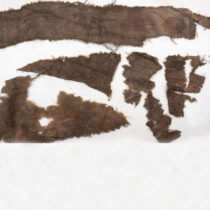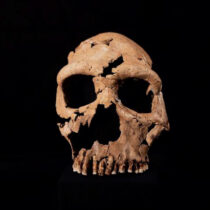The Greek Archaeological Service was established in the nineteenth century, soon after the Independence of the Greek State. The present managerial structure of the Restoration Service is made up of three branches, i.e. the Direction of Ancient, Byzantine and Postbyzantine, and Modern Monuments. Due to the broadening concept of architectural heritage the present qualified personnel has been proven inadequate to meet the increasing demands. The old building materials and structures, the effects of climate change, the damaging pollution and the usually destructive human activities have made it imperative to intervene in order to rescue monuments or totally reconstruct them. The relevant studies and plans, are continuously being adjusted and modified while the project is carried out.They are worked out by the Service engineers or are commissioned to the private sector. The competent Administration put forward each project to the Central Archaeological Council and depending on the monument’s date, is responsible for bringing it about. Recently, the overall study and realization of reconstruction works handed over to committees that can manage the necessary finances with more flexibility. The universities participate in these committees and also in relevant reseach programmes. Each Administration has to keep its own archives, since a central computerized one does not exist. However, in spite of the difficulties that the Service faces, the reconstruction and restoration of monuments keeps on being efficient and effective. Needless to say that the rescue and consequently the revival of traditional working techniques is of the utmost importance. The proper preservation of monuments in a suitable environment has become a top priority in the European policy for the protection of monuments.
The restoration of monuments in Greece
09 Aug 2012
by Archaeology Newsroom
- A
- A
- A

